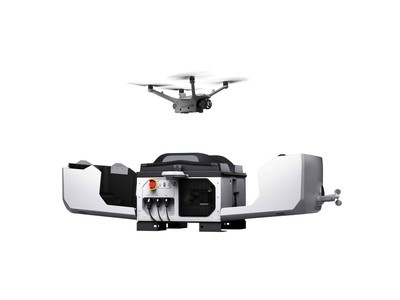Jasper National Park, a renowned jewel of the Canadian Rockies, offers breathtaking landscapes, pristine wilderness, and an abundance of wildlife. However, the tranquility that attracts many visitors is carefully preserved by strict regulations, one of which is the drone ban. This policy has significant implications for tourists eager to capture the park’s scenic beauty from above. Understanding why this ban exists and what it means for your visit is essential for planning a harmonious trip while respecting the park’s ecosystem.

The Importance of the Drone Ban
At the heart of the ban on drones in Jasper National Park is the desire to protect wildlife and minimize disturbances. Drones can create noise pollution that disrupts the habitats of animals, potentially causing stress and altering their natural behavior. This interference affects species ranging from delicate birds to majestic elk and ensures that the park remains a safe haven for them. Additionally, drones can disturb hikers and other visitors, detracting from the peaceful and immersive experience that the park aims to offer.
Alongside environmental concerns, safety is also a crucial factor influencing the drone ban. Drones, if mishandled or flown irresponsibly, can pose risks to both flora and fauna as well as human visitors. With unpredictable weather conditions and challenging terrain, ensuring visitor safety is paramount in Jasper.
Preserving Natural Beauty
Preservation efforts extend beyond the protection of wildlife; they also encompass the park’s stunning landscapes. Jasper National Park is home to myriad natural wonders, including glacial lakes, towering peaks, and lush forest trails. The drone ban helps shield these areas from the potential visual clutter of unmanned aerial vehicles, allowing visitors to appreciate the scenery unmarred by intrusive technology.
Implications for Visitors
For photography enthusiasts who wish to capture awe-inspiring views, the drone ban means embracing more traditional methods and techniques. This can be seen as an opportunity to hone your skills in photography without relying on aerial shots. Instead, consider exploring different compositions, lighting conditions, and vantage points within the park to achieve captivating images.
Visitors should plan accordingly to avoid unknowingly violating the ban. Educate yourself about the park’s rules and guidelines before your trip, as penalties for drone usage can include fines and confiscation of equipment.
Engaging with Nature
While drones offer a novel way to engage with remote environments, abiding by the park’s regulations encourages visitors to connect with nature in more personal and meaningful ways. Slow down to observe and enjoy the park’s beauty from ground level. Explore trails, embark on guided tours, and partake in the natural serenity surrounding you.
Drone Ban Exceptions
Although the drone ban is strictly enforced, there are specific circumstances where drone use may be permitted, such as for scientific research or park management purposes. These are exceptions for specially approved projects that help enhance understanding and conservation efforts within Jasper National Park. However, these exceptions are rare and strictly controlled.
FAQs About the Drone Ban
Can I apply for a drone permit in Jasper National Park? Typically, permits are only granted for certain professional purposes, such as research or park operations, rather than recreational or personal uses.

What are the penalties for using a drone without permission? Unauthorized drone use can result in significant fines and may lead to the confiscation of your drone equipment by park authorities.
Are there other parks in Canada with similar bans? Yes, many national parks and protected areas across Canada enforce regulations to safeguard wildlife and habitats, similar to Jasper National Park’s drone ban. Always check specific regulations directly with the park you intend to visit.